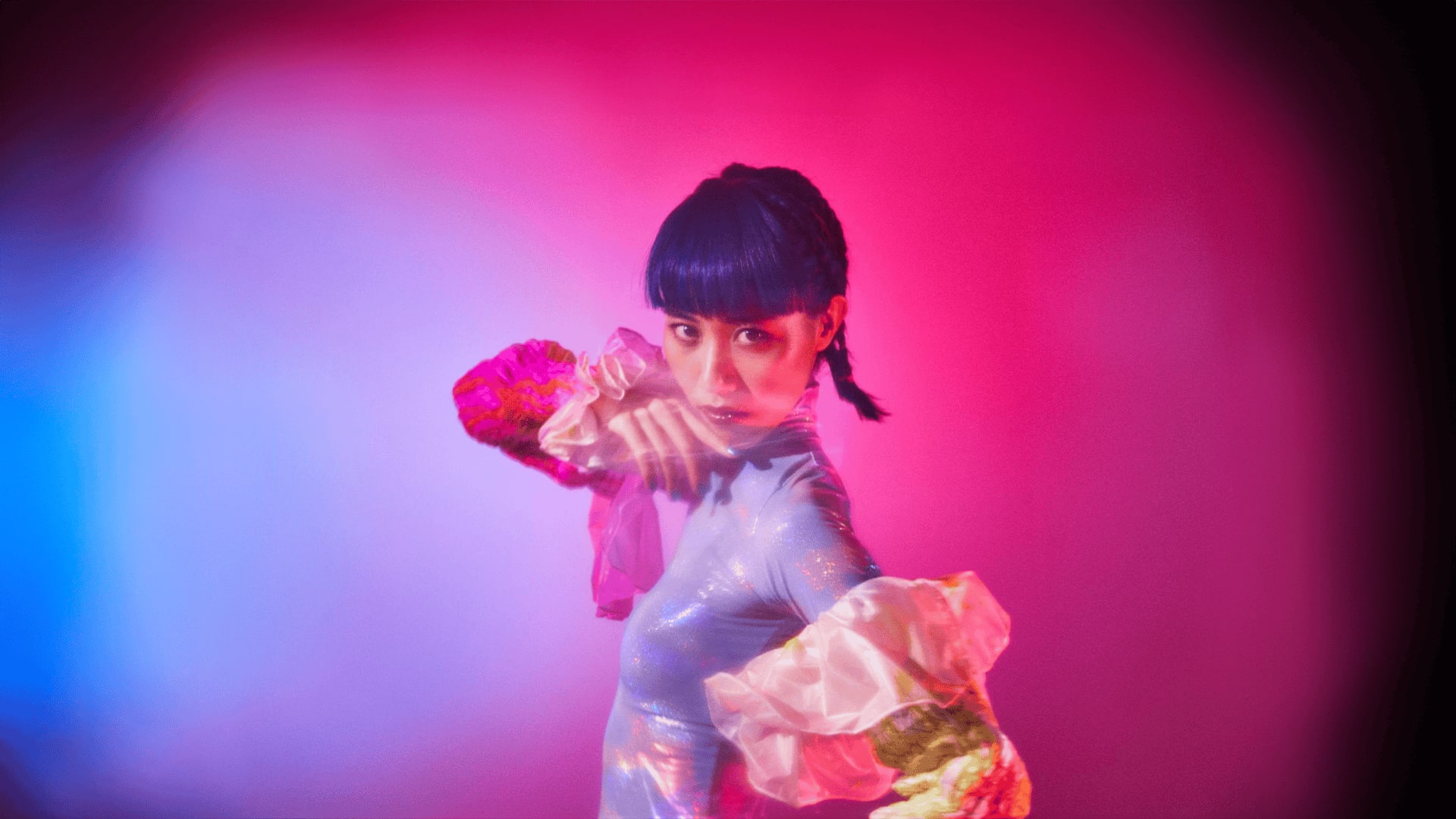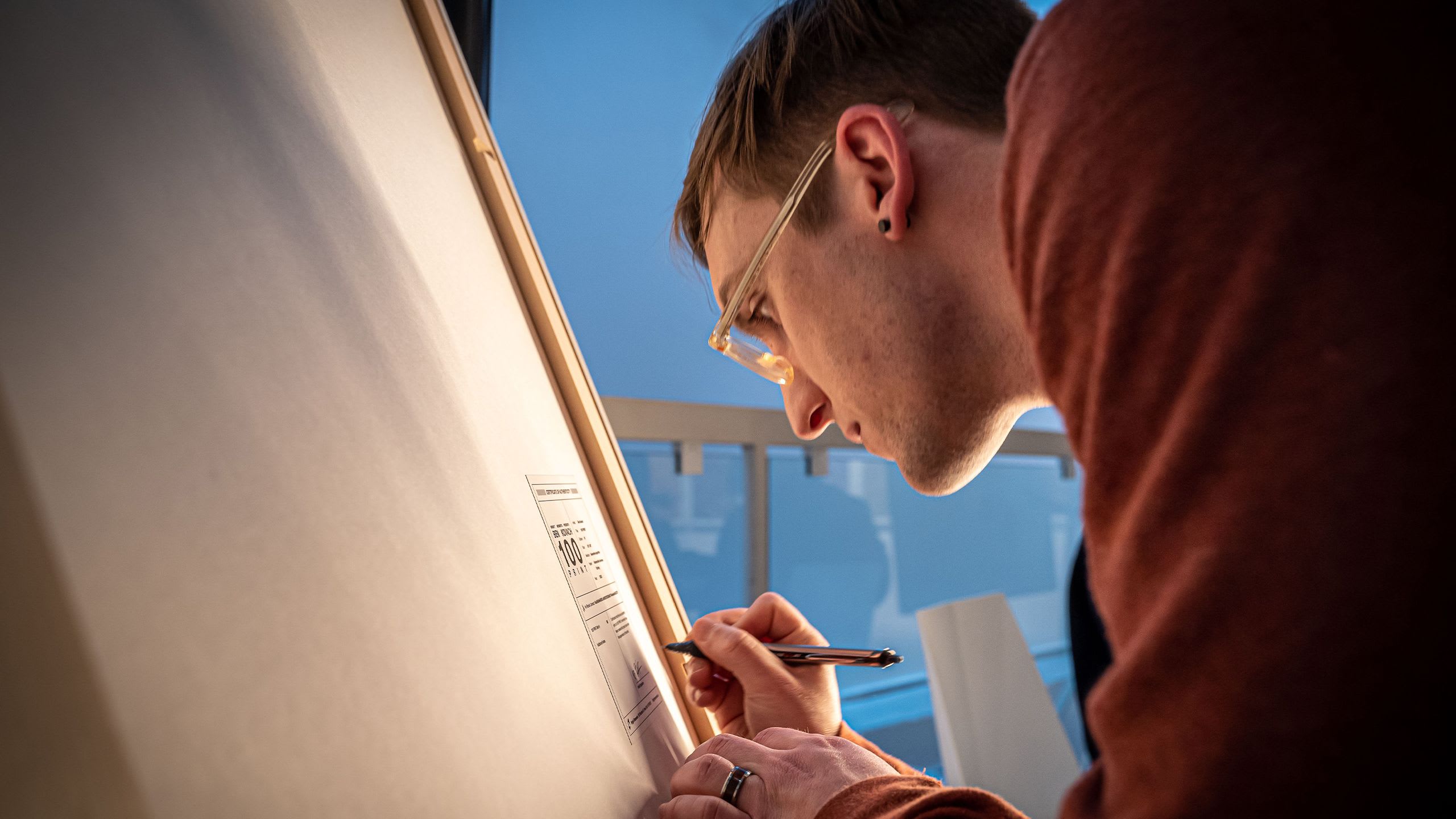Darien Brito is a creative coder and audiovisual artist working with sound, image, and algorithms, building multisensory experiences. His practice is a continuous effort to form an interdependent dialog between audio and image in real-time, operating in the crossing between computer code and art. We spoke about his background in art and upcoming Art Blocks project Pigments.
Jeff Davis: Hi Darien! It’s great to officially interview you for a curated project. Tell me how you first started getting into art?
Darien Brito: Visual art was never a primary interest of mine or my original ambition. I studied classical violin, composition, and electronic music, so I am primarily a musician. I began programming computer graphics as a way of visualizing and understanding algorithms in sound. Since visual outputs are more immediate to know what is happening in a generative system, they were the perfect debugging tool. I seriously got into it only when I delved into generative art.

JD: And how did you discover generative art?
DB: I began making generative music without computers when I was about twenty-one years old. For instance, I wrote a string quartet based on the movements of legendary chess games. It all changed when I discovered modular synthesizers and computer programming—I got hooked. Instead of going to lessons, I would stay home reading manuals or learning programming languages. As I evolved with coding and algorithmic music, I began integrating visual aspects to my pieces until, at some point, my work became audiovisual, where all the visuals are live generated. That happened gradually during my studies at the Royal Conservatory of The Hague, in the Netherlands, from 2010 to 2016.

JD: How has your creative practice changed over time?
DB: It has changed drastically. Programming and computers became such a central part of my creative activity that I often spin-off and find myself in projects that I would have never predicted to be part of some years back when I was focusing on music. In 2020, for example, I collaborated with my friend Tim Gerritsen in programming, from scratch, a framework for machine learning in shaders for the TouchDesigner platform called TDNeuron, since we were both curious to learn how ML works under the hood. I tend to pursue things because I find them interesting without questioning the journey much. It has taken me through strange but delightful paths between math, code, and art.

JD: And how did you discover NFTs/crypto art?
DB: It was all thanks to a couple of friends who made me look into it. Firstly, Jaap Smit, a great graphic designer, sent me some links with the note that could be something for me. Sometime later, fellow artist Beer van Geer explained the mechanics of crypto-art over some beers. He is also part of Art Blocks and kindly encouraged me to apply and do my first mints. I was initially very apprehensive about NFTs for various reasons, so it took me a while to understand and decide if I wanted to participate in the market. I remain critical of some aspects of this economy, while I also recognize the incredible impact for good that it can have.
JD: Any recent accomplishments you’d like to share?
DB: Despite the hardships of this year, I managed to stay active. Since January, I have worked intensively with colleagues in creating a brand new interactive space in Amsterdam. I did two different multimedia operas in Austria and Greece as a developer and visual artist. I am currently also working with artists from Spain for the upcoming World Expo in Dubai. There are other things, but perhaps the main accomplishment is to have remained healthy physically, mentally, and emotionally during the pandemic.

JD: For sure. Alright let’s get into Art Blocks. For those who are new to your work, you’ve already deployed a successful project with us called Hashtractors. And your new project is quite different. What was the inspiration behind Pigments?
DB: I have never been very good with color. Most of my visual output is very minimal, using a single palette besides black and white. Pigments is a sort of challenge I gave myself, where the whole point was to design and think of color creatively. Once I had a system that generated interesting topologies in the canvas, I wanted to see if I could devise hypothetical substances to create an illusion of being organic. The main inspiration came from observing how different chemicals interact with water.
JD: What should collectors look for as the series is revealed?
DB: Overall, I would say look for beauty, not for rarity. While there is a hierarchy for various unique traits, the possibility of getting an uncommon mint does not imply beauty. Also, see if you can identify the full set of topologies for the distribution of the canvas. I meant Pigments to be viewed live, but you need a decent GPU to see the animated version smoothly, so a phone or an old machine would not do. If you have a dedicated graphics card, make sure that your browser uses it.
JD: Anything else people should know to better understand your art?
DB: I tend to base my work on principles from math or science. But I have a general dislike for lengthy text and conceptual formulations that attempt to justify the depth and importance of the work. I prefer short and simple words to offer spectators the space of personal interpretation. I certainly hope that to understand my art, all that’s required is one or two senses, without further explanation.

JD: And what’s the best way for people to follow your work in general?
DB: I am notoriously bad with social media and documenting my work. My justification is that it’s so much fun making things that I’d rather keep producing instead of organizing them for show. Certainly a lame excuse but true nonetheless. I promised myself to be more active in posting in the future. For what has managed to escape my hard drive, you can find it on my website or Instagram. My Twitter account went virtually unused for about ten years, but I am picking it up again too.
JD: Thanks Darien, looking forward to all the outputs on Friday!
artblocks.io/project/129
First published 04 August 2021: beta.cent.co/artblocks/+8vmznl.



